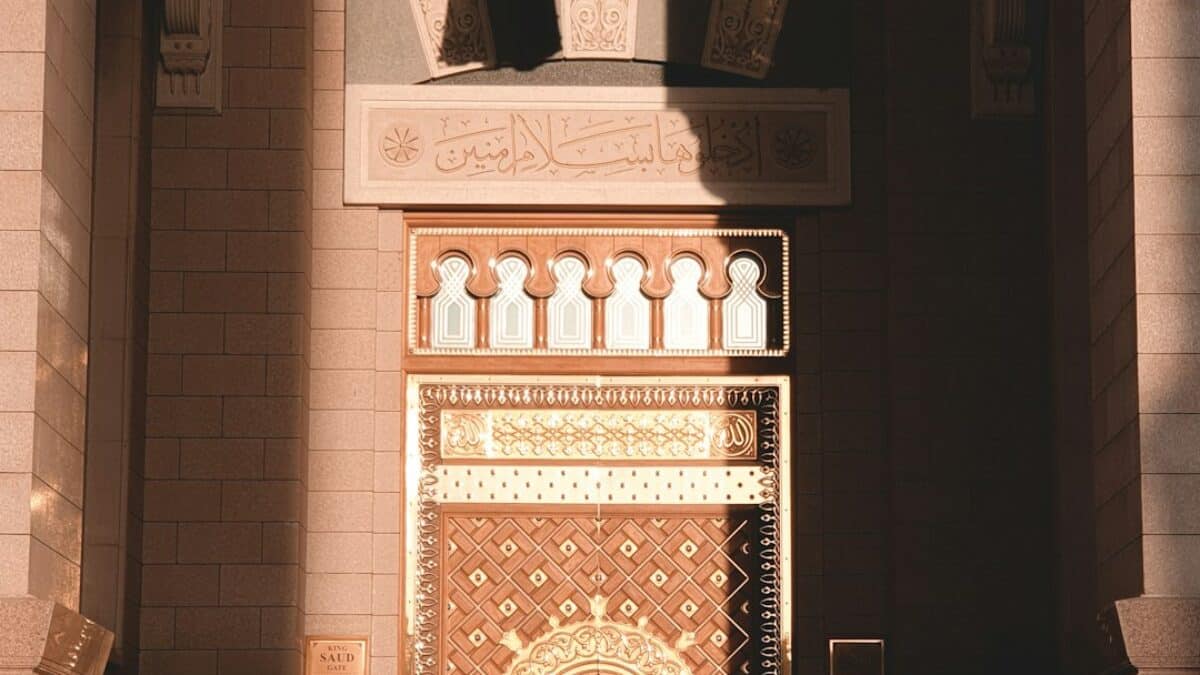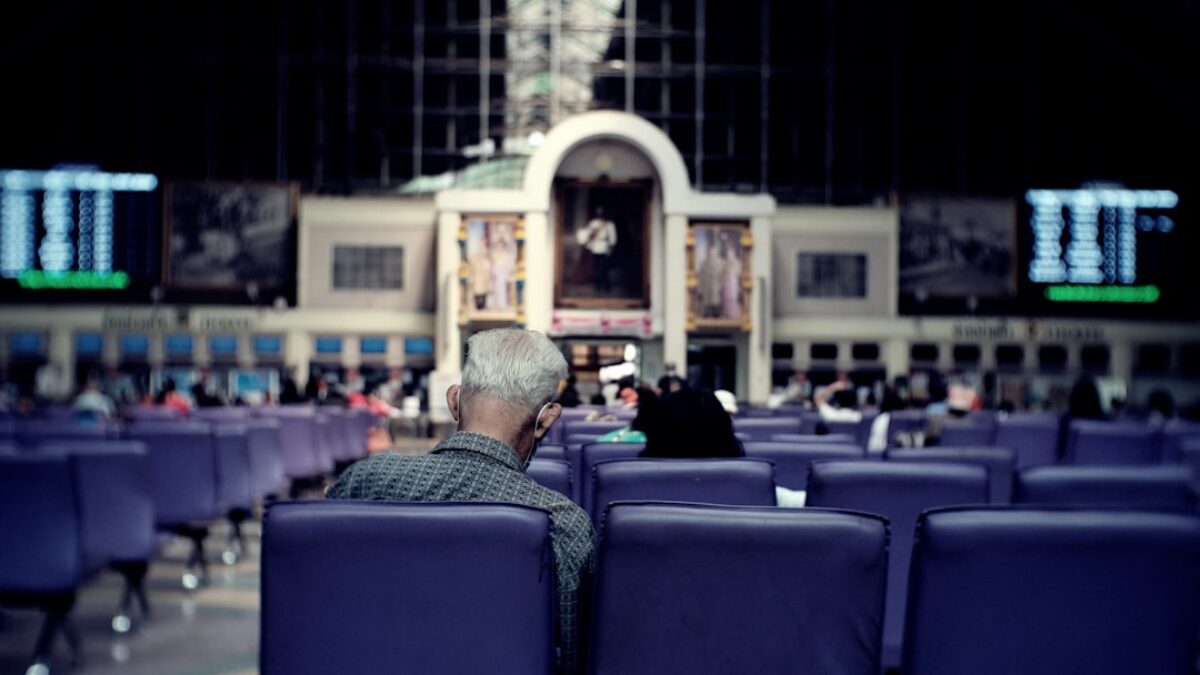Every year, millions of Muslims around the world celebrate the joyous occasions of Eid al-Fitr and Eid al-Adha. Central to these festivities is a special congregational prayer called Eid Salah. While the five daily prayers are mandatory, Eid Salah is a confirmed Sunnah (Sunnah Mu’akkadah) so emphasized that many scholars deem it sinful to deliberately miss it without excuse. Performing it correctly—with its distinctive sequence of Takbeer, additional raka’at, and concise dua’—adds spiritual depth to the celebration and connects worshippers to centuries of prophetic tradition. This guide walks you, step by step, through every detail so you can pray Eid Salah confidently and correctly, whether you are an imam, a first-time attendee, or a parent teaching your children.
Understanding Eid Salah
What Is Eid Salah?
Eid Salah is a two-unit (rak’ah) prayer performed in congregation on the mornings of Eid al-Fitr and Eid al-Adha. Unlike regular prayers, it contains extra Takbeerat (saying “Allahu Akbar”) that are pronounced aloud at specific moments, and it is followed by a sermon (khutbah). The prayer is offered after sunrise and before the sun reaches its zenith (Dhuhr time).
Origins and Scriptural Basis
- Qur’anic context: Allah instructs: “Therefore turn in prayer to your Lord and sacrifice (to Him only).” (Qur’an 108:2), which scholars link to Eid al-Adha.
- Prophetic practice: Narrated Ibn ‘Umar (may Allah be pleased with him): “The Messenger of Allah (ﷺ) used to go out to the prayer-ground on the day of Eid al-Fitr and Eid al-Adha, and the first thing he would do was to pray.” (Sahih al-Bukhari)
Who Must Pray It?
The majority opinion is that Eid Salah is obligatory on every Muslim who is accountable, healthy, and resident. Women—even those menstruating—are encouraged to attend, although menstruating women abstain from praying and merely listen to the khutbah. Children are brought along to taste the joy of Eid.
Key Components of Eid Salah
Preparation Before the Prayer
- Ghusl (ritual bath): Recommended as a sunnah act of cleanliness and fragrance.
- Best clothes: Wear your finest permissible attire; Prophet Muhammad (ﷺ) wore a burdah (Yemeni cloak) on Eid.
- Eat after Fajr but before Eid: On Eid al-Fitr, eat an odd number of dates; on Eid al-Adha, delay eating until after the sacrifice.
- Different routes: Walk to the prayer-ground using one route and return by another, following the Sunnah.
Understanding the Takbeer
The word Takbeer literally means “to declare greatness.” In the context of Eid, it refers to the prescribed glorifications of Allah recited aloud at set points.
Types of Eid Takbeer
| Type | When Recited | Wording (Arabic + Transliteration) |
|---|---|---|
| General Takbeer | From sunset on last day of Ramadan (Eid al-Fitr) or from Fajr on 9 Dhul-Hijjah (Eid al-Adha) until the imam begins Eid prayer | اللّٰهُ أَكْبَرُ اللّٰهُ أَكْبَرُ، لَا إِلٰهَ إِلَّا اللّٰهُ، وَاللّٰهُ أَكْبَرُ، اللّٰهُ أَكْبَرُ وَلِلّٰهِ الْحَمْدُ Allahu Akbar, Allahu Akbar, La ilaha ill-Allah, wa Allahu Akbar, Allahu Akbar, wa lillahil-hamd. |
| Takbeer in Eid Salah | Six extra Takbeerat before the opening recitation (Fatiha) in first rak’ah, and five before Fatiha in second rak’ah | Same wording, or a shorter “Allahu Akbar” repeated |
Step-by-Step Eid Salah Method
Step 1: Forming the Rows
Arrive early. Women form rows behind men or pray separately; children may stand in front. The imam stands in front facing the qiblah.
Step 2: Opening Takbeer (Takbeerat al-Ihram)
When the imam raises his hands and says “Allahu Akbar,” the entire congregation follows. This is the first Takbeer of Eid Salah.
Step 3: Extra Takbeerat in First Rak’ah
- After the opening Takbeer, raise your hands and say “Allahu Akbar” six more times.
- Each time, place your hands on your chest after the Takbeer.
- On the seventh Takbeer, place your hands and begin the silent invocation (thana’), followed by Ta’awwudh and Surah al-Fatiha.
- After Fatiha, add Surah al-A’la (chapter 87) or another surah.
Step 4: Ruku’ and Sujud
Proceed into bowing and prostration exactly as in Fajr prayer, maintaining calm and tranquility.
Step 5: Rising for Second Rak’ah
After the first tashahhud, stand up saying “Allahu Akbar.”
Step 6: Extra Takbeerat in Second Rak’ah
- Upon standing, raise your hands and pronounce “Allahu Akbar” five times.
- Recite Surah al-Fatiha followed by Surah al-Ghashiyah (chapter 88) or another surah.
- Complete the remaining pillars of prayer (ruku’, sujud, and final tashahhud).
Step 7: Salam and Listening to Khutbah
After the taslim (salam), remain seated quietly and listen to the imam’s two-part sermon. Scholars agree that listening to the khutbah is recommended (mustahabb) even though technically not obligatory like the Friday prayer khutbah.
Benefits and Importance
Spiritual Rewards
- Expiation of sins: Narrated Ibn ‘Abbas: “The Prophet (ﷺ) said: ‘Whoever offers the Eid prayer and continues the Takbeer until the khutbah finishes, his previous sins are forgiven.’” (Ahmad)
- Renewal of covenant: Collective glorification reminds worshippers of Allah’s majesty and their submission to Him.
Social Benefits
- Unity: Men, women, and children pray side by side, transcending social boundaries.
- Charity: After the prayer, Muslims distribute Zakat al-Fitr or sacrifice animals, feeding the poor.
- Celebration: The festive atmosphere reinforces Islamic identity and joy.
Psychological Impact
Engaging in communal Takbeer, seeing familiar faces in best clothes, and receiving hugs of “Eid Mubarak” release oxytocin and serotonin, lowering stress levels and fostering happiness.
Practical Applications
For the Imam: Leading the Prayer
- Use a loud, clear voice for Takbeerat so the congregation can follow.
- Pause slightly after each Takbeer to allow people time to raise hands.
- Deliver the khutbah in the local language while sprinkling in Arabic duas.
For the Congregant: Following the Imam
- Memorize the Takbeer count: 6+1 in first rak’ah, 5+1 in second.
- Remain composed; do not recite the extra Takbeer if you enter the prayer late; simply join the imam.
- Bring a small card with transliterations for children or new Muslims.
For Parents and Teachers
Create a fun rehearsal at home the night before Eid:
- Use pillows as prayer rows.
- Let children lead as “pretend imam” while parents correct.
- Incorporate the short Eid dua at the end: “Taqabbal Allahu minna wa minkum.”
Common Mistakes to Avoid
| Mistake | Correction |
|---|---|
| Forgetting to raise hands with each extra Takbeer | Practice the motion: raise hands to ear lobes, drop them to sides after each “Allahu Akbar.” |
| Reciting audible Surah in congregation | Remain silent after the imam’s recitation; only the imam recites aloud. |
| Talking during khutbah | Follow the Sunnah: remain quiet, even to say “SubhanAllah” to others. |
Frequently Asked Questions
What is the exact timing window for Eid Salah?
The prayer can be performed anytime after the sun has risen to the height of a spear (approx. 15–20 minutes after sunrise) until just before the sun passes its zenith. Most mosques schedule it between 7:00–9:00 a.m. to accommodate working families. If clouds obscure the sun, rely on prayer timetables.
Can women attend Eid Salah while menstruating?
Yes. Menstruating women are encouraged to join the congregation, witness the festive gathering, and listen to the khutbah, but they do not participate in the actual prayer. They should avoid the prayer rows and sit at the back or side, maintaining modesty.
What should I do if I miss the first or second rak’ah?
- Missed first rak’ah entirely: When you enter and the imam is already in ruku’, join him. After the imam finishes, you rise to complete your own first rak’ah, reciting the extra six Takbeerat yourself.
- Joined during second rak’ah: Follow the imam until taslim, then stand up to complete your missed first rak’ah with its six Takbeerat, followed by the second rak’ah with its five.
Is Eid Salah valid at home?
While the Sunnah is to pray in a large open prayer-ground, contemporary scholars allow praying at home or individually if:
- COVID-19 or similar restrictions exist, or
- One lives in a non-Muslim land with no access to congregation.
Even then, the full Takbeerat must be observed and at least two people should pray together if possible.
How many times do we say “Allahu Akbar” before Fatiha?
Six times in the first rak’ah (including the opening Takbeer), and five times in the second rak’ah. Some schools add one more Takbeer
























Post Comment